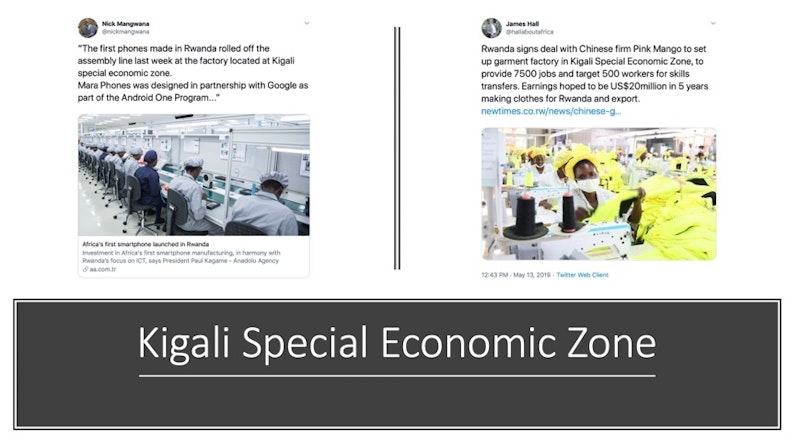Topic Videos
Growth and Development Profile: Rwanda
- Level:
- A-Level, IB
- Board:
- AQA, Edexcel, OCR, IB, Eduqas, WJEC
Last updated 20 Dec 2019
In this growth and development profile video, we look at the fast-growing country of Rwanda.
DOWNLOAD THE SLIDES USED IN THIS RESOURCE
Download a PDF of this Development Profile on Rwanda
The economy is entering a crucial stage of progress as they reach the twenty-fifth anniversary of the genocide in 1994.

As a result of rapid growth over the past 25 years, per capita income in landlocked Rwanda has tripled but despite this, Rwandan living standards measured by per capita GNI (PPP adjusted) remain below the average for sub Saharan Africa. The government under President Kagame is committed to maintaining a high, inclusive and sustainable rate of growth which offers a huge number of opportunities but also raises significant policy challenges.
Faster growth not only helps to lift people more quickly out of extreme poverty but is also usually accompanied by better health and education outcomes (lifting their HDI score) as well as a wider range of – and better access to – goods and services. Higher incomes resulting from faster growth also usually reduce socio-political instability and make it easier to introduce structural supply-side reforms, creating a virtuous cycle. Rwanda’s growth rate has averaged 7.8 percent since 2000. This is the third highest in sub Saharan Africa and exceeds the average of emerging Asia. Can it be sustained in the years to come?
Twenty key indicators of development for Rwanda

Key macroeconomic indicators

Structural transformation aims for Rwanda
- Creating new jobs, via promoting new investment, STEM and vocational training;
- Managing land and urbanization, including upgrading Kigali’s infrastructure and developing secondary cities
- Shifting production and export base to higher value-added goods and services, via creating growth-enhancing infrastructure
- Increasing domestic savings and expanding financial services access
- Improving agricultural productivity, via irrigation; pesticides; crop rotation; access to insurance; commercial agribusiness
Supply-side policies / initiatives
- Construction of three international airports
- Carnegie Mellon University Africa (CMU-Africa) established in 2011 to produce creative and technically capable engineers
- African Institute for Mathematical Sciences opened in 2016
- Kigali Special Economic Zone (& others) to encourage manufacturing
- Business-friendly reforms to encourage inward FDI including a dry port, a top-end tourism hotel; a new tin smelting plant; and a new tantalum refinery

Structural economic weaknesses
- Landlocked Rwanda is one of the most expensive places for a container to reach
- Access to and high costs of broadband connectivity is a challenge
- Low reliability & high cost of electricity (among the highest in SSA - around $0.25 per kilowatt hour)
- Weaknesses in human capital - Rwanda’s private sector faces an inadequately skilled labour force especially in non-primary industries
- High dependence on commodity prices and international (overseas) aid
Using Rwanda in Economics exam answers
- Financing fast growth when domestic savings are low
- Policies to diversify the economy and encourage private sector
- Evaluating impact of FDI on their growth potential
- Will membership of the CFTA help stimulate trade and growth?
- Role of financial services in promoting development
You might also like
Paul Collier and Development Traps
Study Notes

IMF warns higher interest rates might trigger a new financial crisis
29th September 2015

Beyond the Bike - Lesson Resource on Chinese FDI into Zambia
27th November 2015

The world as 100 people
18th March 2016

Importance of Remittances for Lesotho
27th February 2017

How Junk Food is Transforming Brazil
21st September 2017
Externalities: Air pollution is the new tobacco
21st December 2018
Natural Capital: The Wealth of a Wetland
15th June 2019